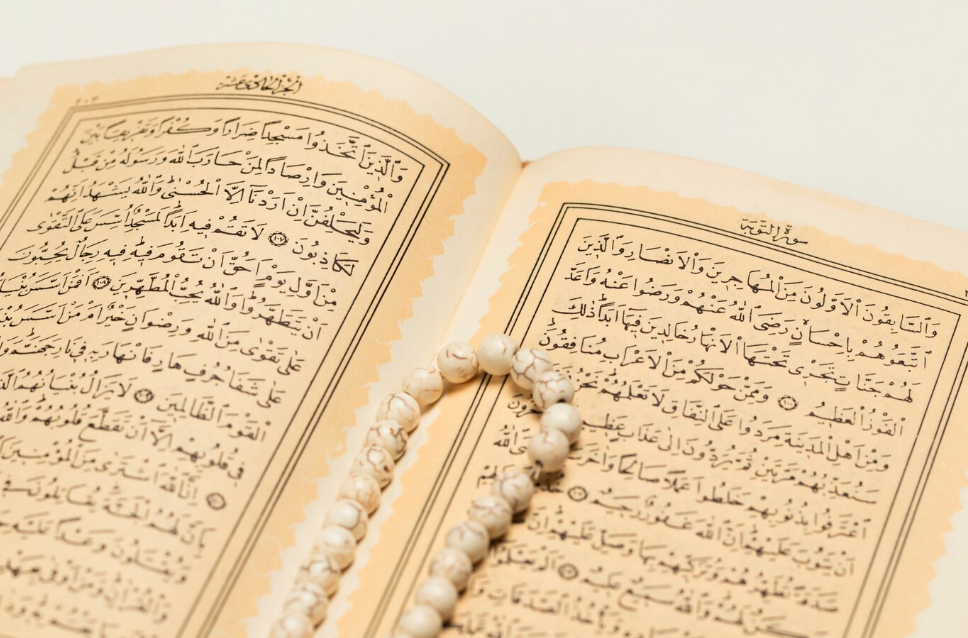
31 May, 2025
Wudu (also known as ablution) is a vital act of purification in Islam. Before performing salah (prayer) or touching the Qur’an, a Muslim must be in a state of ritual purity. This is achieved through a specific series of actions known as wudu steps.
In this article, we’ll walk you through the wudu steps as prescribed in the Qur’an and Sunnah, and explain their significance in a clear, easy-to-follow format.
Wudu is the Islamic procedure for cleansing certain parts of the body using water. It is a prerequisite for performing many acts of worship, especially the five daily prayers.
Allah says in the Qur’an:
“O you who believe! When you rise to [perform] prayer, wash your faces and your forearms to the elbows, wipe your heads and wash your feet to the ankles.”
(Surah Al-Ma’idah 5:6)
Performing wudu correctly is essential for the validity of prayer. The Prophet Muhammad ﷺ emphasized that:
“The key to prayer is purification.”
(Abu Dawood)
Neglecting or incorrectly performing any part of the wudu steps may invalidate the ablution and the prayer that follows.
Read Also: Istikhara Dua
Here is a breakdown of the wudu steps according to authentic teachings:
1. Make Niyyah (Intention)
Wudu begins with a sincere intention in the heart. It doesn't need to be spoken out loud but must be present mentally.
🟢 Why it's important: Every act of worship in Islam must begin with intention to be valid.
2. Say 'Bismillah' (In the Name of Allah)
Start your wudu by saying "Bismillah". This is a sunnah and adds barakah (blessing) to the act.
🟢 Note: Some scholars consider this step obligatory, while others consider it recommended.
3. Wash the Hands (3 Times)
Wash both hands up to the wrists, starting with the right hand. Make sure water reaches between the fingers.
4. Rinse the Mouth (3 Times)
Take water into the mouth and swish it around thoroughly. Spit it out after each rinse.
5. Sniff Water into the Nose and Blow it Out (3 Times)
Inhale a small amount of water into the nostrils and then expel it. Use the left hand to clean the nose.
6. Wash the Face (3 Times)
Wash the entire face from the hairline to the chin and from ear to ear.
🟢 Tip: Be sure to include all parts of the face, including under the chin.
7. Wash the Arms Up to the Elbows (3 Times)
Begin with the right arm, then the left. Include the hands and elbows.
8. Wipe the Head (Once)
Wet your hands and wipe the head once from front to back and back to front.
🟢 Clarification: This is not washing — it’s a light wiping.
9. Wipe the Ears (Once)
With the same wet hands, use your index fingers to wipe inside the ears and thumbs to wipe behind them.
10. Wash the Feet Up to the Ankles (3 Times)
Start with the right foot. Make sure to wash between the toes and the heel properly.
🟢 Reminder: Many people neglect the back of the heel — ensure water reaches all parts.
In addition to the obligatory steps, some sunnah acts include:
-
Brushing teeth or using miswak before wudu
-
Being economical with water
-
Maintaining silence and humility
-
Facing the qiblah during wudu if possible
Read Also: How to Prepare for Jummah Prayer
After completing wudu, certain actions invalidate it, requiring a new ablution. These include:
-
Passing gas, urine, or feces
-
Deep sleep
-
Loss of consciousness
-
Touching private parts directly (difference of opinion among scholars)
After finishing the wudu steps, it is recommended to say:
“Ashhadu alla ilaha illa Allah wahdahu la sharika lahu, wa ashhadu anna Muhammad an abduhu wa rasuluh.”
Translation: “I bear witness that there is no deity but Allah, alone without any partner, and I bear witness that Muhammad is His servant and Messenger.”
The Prophet ﷺ said that anyone who says this after wudu will have all eight gates of Paradise open for them.
Use a visual guide or chart for easy reference
Demonstrate the steps physically
Explain the spiritual significance
Repeat regularly for memorization



